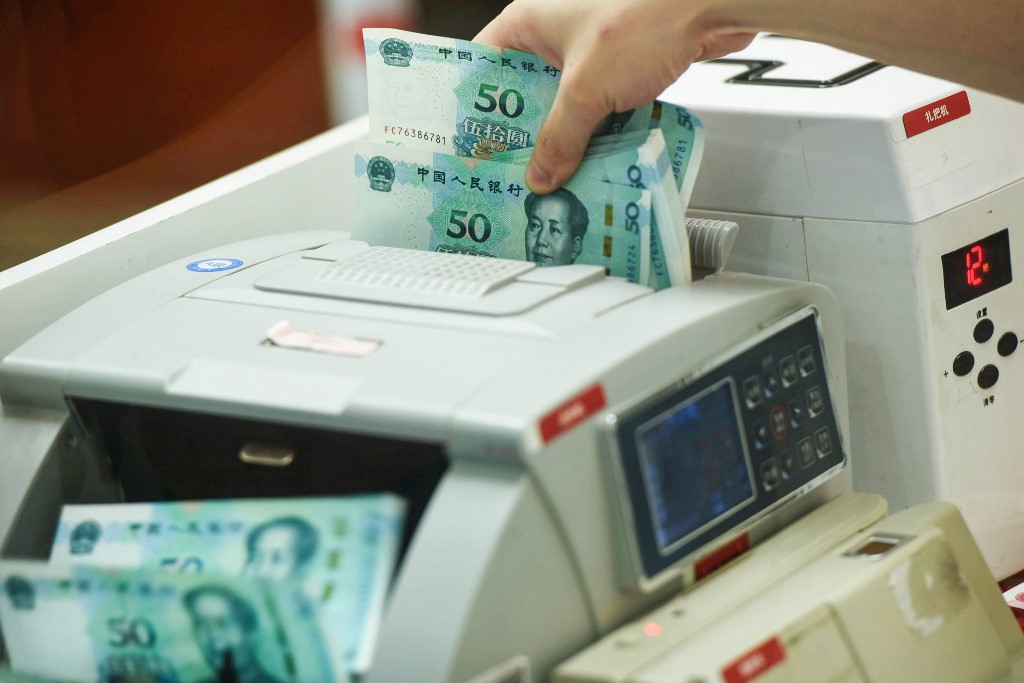(ATF) China was the world’s first major economy to emerge from coronavirus lockdown in April and today’s second-quarter GDP results showed the reward: The economy grew by a faster than expected 3.2% year-on-year and by 11.5% quarter-on-quarter.
But the upside growth figure wasn’t the real surprise of the day – that was the precipitous decline in mainland (-4.8%) and Hong Kong (-2.0%) stock markets.
Part of that was due to an attack on Kweichou Moutai Co, China’s largest stock, in a commentary on a WeChat account of government mouthpiece, the People’s Daily. Moutai liquor is often involved in corruption cases, the commentary said. Moutai stock dropped by 7.9%; other liquor brewers went limit down (10%).
But don’t just blame the government’s beating of the liquor industry.
The 3.2% growth number was a mixed bag and some of the results were clearly worrying.
Industrial production was up 4.4% (4.8% in June). But that was not consumption driven; retail sales came in at -3.9% (-1.8% in June). Without significant growth in domestic and foreign demand, the consecutive increases in industrial production could prove to be brush fires.
Domestic demand depends on consumer confidence and that will take time to restore. Foreign demand depends on defeat of the coronavirus pandemic in China’s largest markets and that appears nowhere near in sight.
Bottom line: The economic future for the coming months looks shaky and forward looking stock markets reacted accordingly.
The economic outlook did not faze the yuan. The PBoC set central parity at 6.9913, a tad stronger than yesterday, and the CNY pretty much held that level in the course of the Asian trading day and stood at 6.9979 at 7pm HK time. The offshore version of the yuan (CNH) was higher at 6.9947.
Why this discrepancy between stock and currency market reactions?
Well, keep in mind, the strength of a nation’s currency is not an absolute number but relative to other currencies and their underlying economies.
The Chinese economy is not out of the woods yet. But relative to what we see in the US, in particular, it’s certainly on a better trajectory.
Moreover, given the return to growth and the improved level of June PPI deflation (-3.0% vs May’s -3.7%), there is no immediate need for the PBoC to ease monetary policy.
With policy remaining moderately on the tight side and only limited injections into the financial system to assure adequate liquidity, yuan strength will be sustained.
























